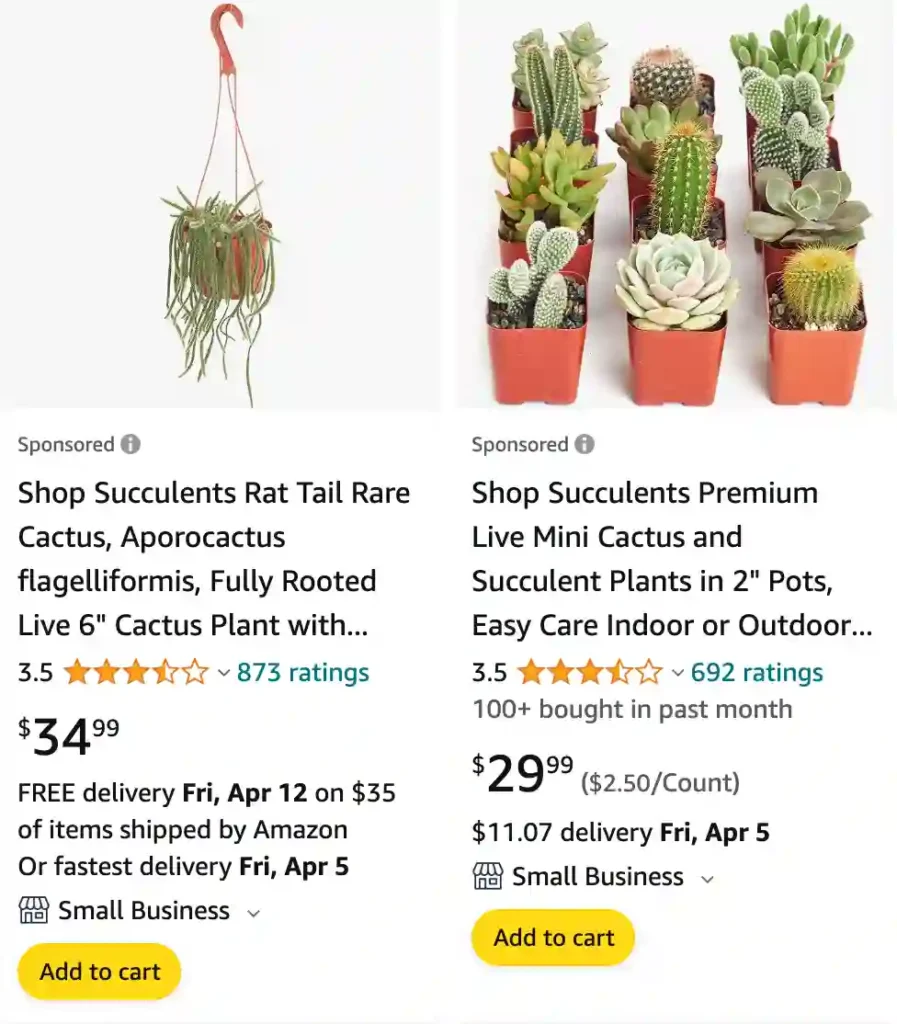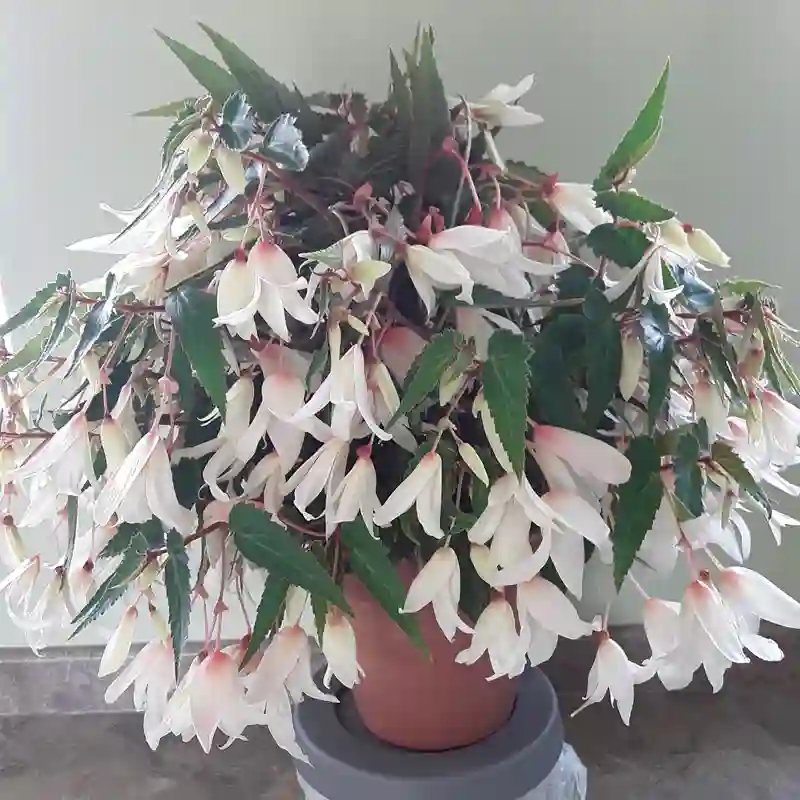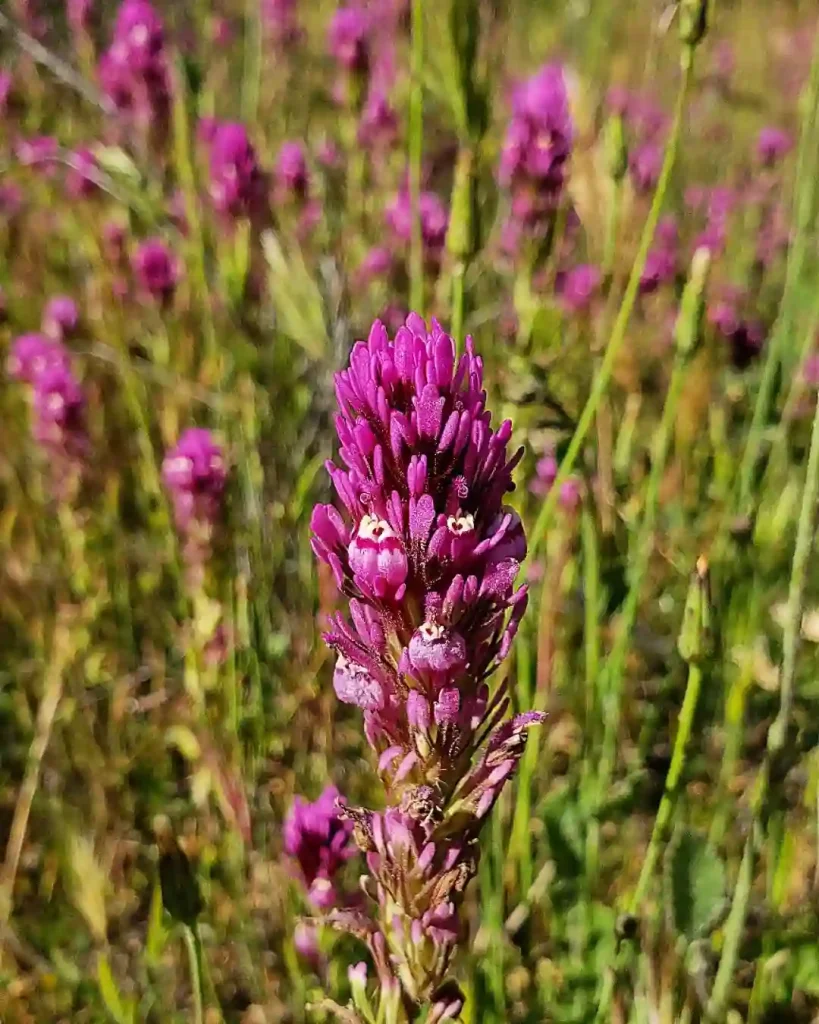
Can dogs eat cactus?
When my curious dog decided to take a bite out of a prickly pear cactus, I quickly realized that while the fruit might be okay in small amounts, the spines and other parts can cause a lot of pain and digestive issues.
How to remove cactus needles?
I remember the painful task of removing tiny cactus needles from my hand; using tweezers and duct tape worked best, but it was a tedious and uncomfortable process.
Is cactus a vegetable?
Although I once added cactus pads to a salad like a vegetable, I found out that botanically, they’re actually classified as fruits because they contain seeds.
Why is my cactus turning yellow?
When my cactus started turning yellow, I discovered it was due to overwatering, and I had to adjust my watering routine to let the soil dry out completely between waterings.
Are all succulents cactus?
I learned from tending to my diverse succulent collection that while all cacti are succulents, not all succulents are cacti; cacti have areoles from which spines grow, which many other succulents do not.
What animals eat cactus?
Watching a desert documentary, I was fascinated to see how animals like javelinas and tortoises skillfully navigate the spines to eat cacti for hydration and nutrients.
How long can a cactus live?
I was amazed to learn that some of the saguaros I saw on a trip to Arizona were over 150 years old, highlighting the incredible longevity of these resilient plants.
Do cactus need direct sunlight?
My cactus thrived after I moved it to a spot with plenty of direct sunlight, confirming that many cacti species need lots of sun to grow healthy and strong.
How long can a cactus go without water?
I once forgot to water my cactus for over a month, yet it remained perfectly fine, showing just how well these plants can store water and survive long periods of drought.
What does a cactus symbolize?
To me, the cactus symbolizes resilience and endurance, thriving in harsh environments where few other plants can survive, which I find incredibly inspiring.
When do cactus bloom?
My night-blooming cereus cactus amazed me when it suddenly burst into beautiful flowers one summer night, showing that cactus blooms can be rare but spectacular events.
How to save a rotting cactus?
When I noticed my cactus starting to rot, I cut away the affected parts and repotted it in dry, well-draining soil, successfully saving it from further decay.
Is tequila made from cactus?
While visiting a tequila distillery, I learned that tequila is actually made from the blue agave plant, which, although spiky, is not a cactus but a succulent.
What does cactus mean sexually?
I’ve come across “cactus” used in slang to imply that someone is unapproachable or difficult, though this use is more colloquial and not widely known.
What is cactus soil?
I always use a special cactus soil mix for my cacti, which is designed to provide excellent drainage and aeration, crucial for preventing root rot.
Why can camels eat cactus?
I was astonished to discover that camels can eat cacti thanks to their tough mouths and specialized digestive systems that can handle the spines and fibrous material.
Why is my cactus squishy?
The one time my cactus turned squishy, it was because of overwatering, leading to root rot, and I had to cut off the damaged sections to try and save it.
Can cactus survive the winter?
I’ve found that while some cacti can survive a mild winter outdoors, I usually bring mine inside or provide frost protection to prevent cold damage.
How to graft cactus?
Grafting cacti became a fun experiment for me; I carefully cut and joined different cactus species, and with some patience, they fused together beautifully.
What do cactus seeds look like?
Collecting seeds from my cactus flowers, I was surprised to see how tiny and numerous they were, looking almost like dust particles.
What is cactus leather?
I was intrigued to learn about cactus leather, a sustainable and eco-friendly alternative to animal leather made from the pads of the nopal cactus.
Why is my cactus turning white?
When my cactus started turning white, I realized it was getting sunburned from too much direct sunlight, so I moved it to a slightly shadier spot.
Can cactus and succulents be planted together?
Planting my cacti and succulents together in a shared pot has worked well, as long as I ensure they all have the same light and water requirements.
How to make cactus juice?
I once made cactus juice by blending the peeled pads of a prickly pear cactus with some water and straining the mixture; it was refreshing and surprisingly tasty.
Will bleach kill cactus?
In an attempt to sanitize a pot, I accidentally splashed bleach on a cactus, and it quickly showed signs of distress, proving bleach is harmful to cacti.
Cactus vs Cacti
When I started out with desert plants, I was a bit confused because I initially thought a cactus and cacti were the same thing, but I quickly learned that “cactus” is singular and “cacti” is just the plural form, so it’s more about terminology than a difference in the plants themselves.
Cactus vs Succulent
I used to mix up cacti and succulents, thinking they were interchangeable, but I found out that while all cacti are succulents (with their own special adaptations), not all succulents are cacti—so my collection expanded to include some lovely aloe and jade plants that aren’t cacti but still thrive in similar conditions.
Cactus vs Aloe
I’ve enjoyed having both cacti and aloe plants, but I’ve noticed that while cacti are all about spines and a no-fuss, water-saving approach, my aloe plants have been more forgiving with their soft, fleshy leaves and seem to thrive on a bit more attention and water.
Cactus vs Euphorbia
In my experience, cacti and Euphorbias can both add a unique touch to a garden, but I’ve found Euphorbias, despite their often spiky appearance, tend to have a bit more variety in shape and color compared to the classic round, ribbed look of most cacti.




